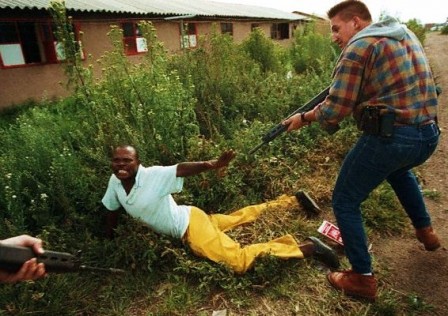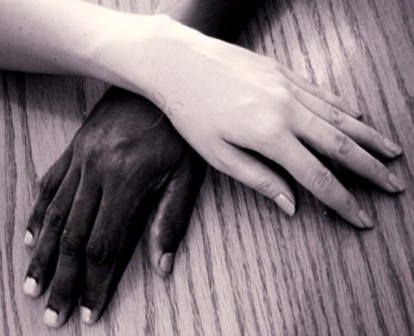Europe: The Dangerous Rise of Xenophobia and Racist Violence
After World War II, and especially during the economic boom of the early 60s, European countries needed migrant workers to do the type of work which the European middle-class didn’t want to do any longer. At first, the immigrants came from within Europe: Portuguese, Spaniards, Italians and Greeks went North to either France, Britain or Germany seeking work and a better future. This first migration wave was quickly followed by another one, in the mid 60s, involving a large number of migrant workers coming from North Africa, the Middle-East and Africa.
This large migration phenomenon of the past 60 years is closely linked to the end of the British and French empires. The turmoil between India and Pakistan, following India’s independence in 1948, brought to the UK a large numbers of Indians and Pakistanis seeking a safer and better life. For Germany, the economic boom triggered by the Marshall plan would have been impossible without the influx of a large migration coming from Turkey. For France, the beginning of the end of the French empire came by the loss of Indochina (Vietnam, Laos and Cambodia) in 1951. A large number of Vietnamese, Laotians and Cambodians decided they would rather move to the former colonial power than stay in Indochina.
In the early 60s, it was the turn of West Africa and North Africa to win or be granted their independence from France. With the loss of Algeria in 1962, it was over for the French empire. However, after getting their independence a lot of the former colonized population realized that they could find a brighter future by migrating to the same nations which they had fought so hard for independence only a few years before.
It seems to be a paradox and even a contradiction, but it is not. After all Algerians, Tunisians, Moroccans and Senegalese spoke French. Indians, Pakistanis and Kenyans spoke English. For this reason, Europe for a logical destination for ambitious individuals willing to take a chance and work hard, and the rich European countries needed the influx of cheap labor.
However, the landscape has changed in the last few years. The EU is still struggling with the global recession and the need for new migrant workers has vanished. Some Europeans, especially among the lower middle-class, now view migrants as “invaders” challenging Europe’s life style and cultural values. Far right anti-immigration rhetoric is on the rise everywhere in Europe, and lately some Europeans have been acting out violently against migrants.
The latest case of this dangerous and violent racist trend manifesteded itself in Italy between January 7 and January 9 2010. The serious racist incident occurred in the city of Rosarno. Eleven African seasonal migrant workers were seriously wounded and required hospitalization after drive by shouting and mob attacks with iron bars. Racism and xenophobia towards migrants, and any non ethnic Italians, is a serious problem in Italy. A 2009 law made undocumented entry and stay in Italy a criminal offense. Prime Minister Berlusconi even went further and said that his government “rejects the idea of a multi-ethnic Italy”.
All over Europe, the political discourse and in some instance even legislation have reinforced, over the past two years, a twisted perception of a direct connection between migrants and crime. The climate of intolerance, and expressed xenophobia are all a manifestation of the “fear of the other”. It is a slippery slope, and a departure from European tradition of tolerance. Instead of rejecting the idea of a multi-cultural and a multi-ethnic Europe like PM Berlusconi, Europeans should embrace their diversity, and understand that in our global world an ethnic, cultural and racial global “melting pot” will be the future of humankind.
Editor’s Note: Please follow The News Junkie Post on Twitter.
Related Articles















5 Responses to Europe: The Dangerous Rise of Xenophobia and Racist Violence
You must be logged in to post a comment Login